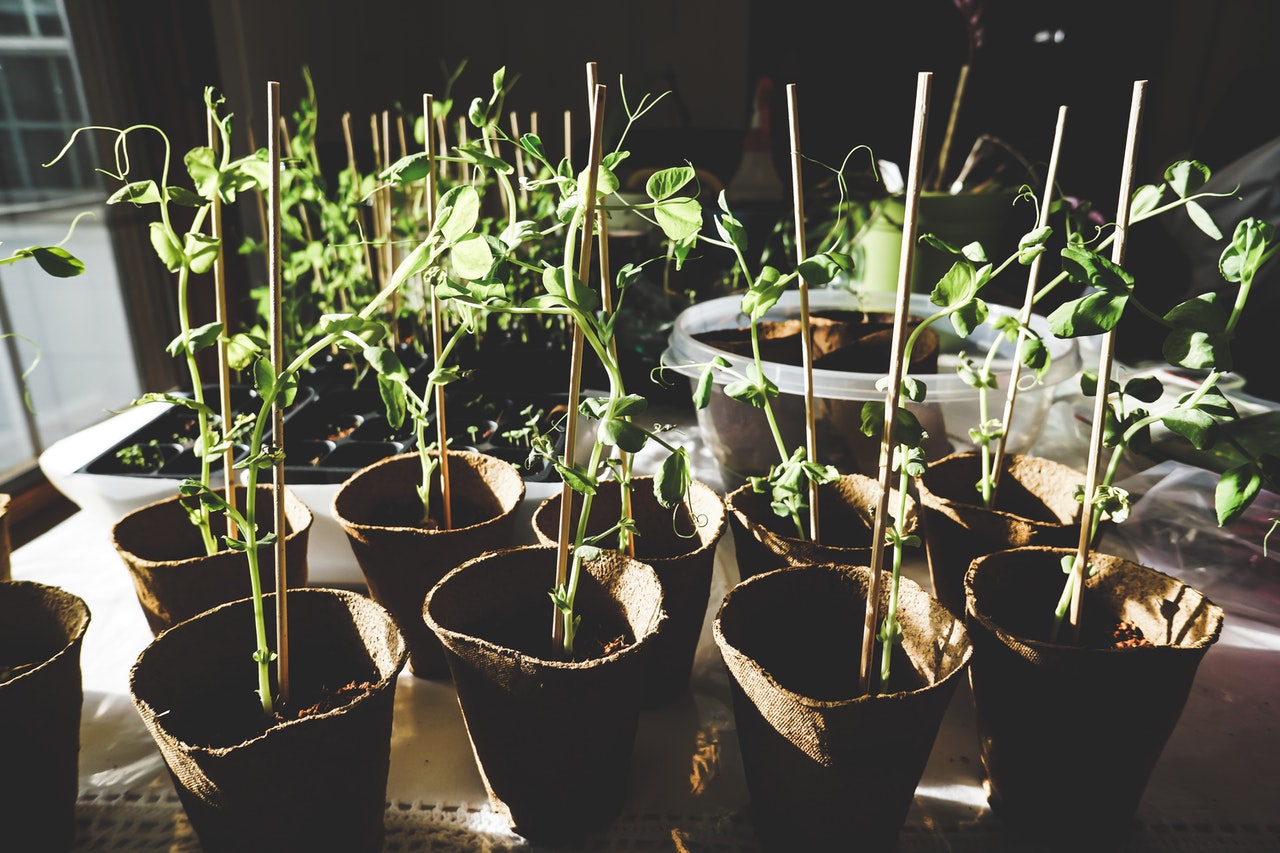Vegetable gardening offers many benefits for people living in the city. Aside from getting a supply of fresh produce, it also promotes sleep, reduces stress, and helps the body fight diseases.
The pandemic saw many starting a garden at home since they had a lot of time in their hands. Some of them also saw its practical use since as they have their own food supply in case of food shortages.
Most people who tend gardens live in the suburbs with space in their backyards. People living in apartment buildings in the city can still have their gardens, a smaller version on the rooftops or balconies. But before starting their garden you have to consider the following things:
Space
The lack of space means you cannot set up a big garden, but there are ways to maximize whatever space you have. A rooftop garden is practical to have in the city since it’s the only space that gets a good amount of sunlight. Moreover, it offers privacy not provided in any other parts of the building.
If a rooftop is not available, creating a horizontal garden is the next best thing. Set up shelving or a horizontal structure to hold your planters. You can buy them from your local gardening or hardware stores. Just make sure to set it up in an area that receives enough sunlight, and don’t forget to water the plants regularly.
Permits
Before even setting up your garden, check if you need to secure permits from the building and your local council. While some states encourage buildings to have a green roof, others may not allow it. In that case you’ll have to look for an alternative, an indoor garden room perhaps.
Access
Make sure you have easy access to the rooftop or balcony so you can take care of your plants. However, easy access to the rooftop also means easy access for everyone else in the building. You should set up protective fencing or covering for your plants to avoid damage. It would also be good to invite other residents in the building to have a community garden, so everyone pitches in in taking care of it.
Structure
During construction, they set an allowable load that the roof can hold. Rooftop gardens don’t necessarily require heavy structures, but just to be safe check if the roof is sound enough to hold a garden, especially if you’ll use heavy pots, a greenhouse, or shelving.
If the rooftop is your property, check with your general contractor for the maximum load it can hold before you start bringing in the pots and the soil. The allowable load should also include the fully-grown plants since their weight will change as they grow.
Sunlight
As mentioned earlier, you should consider the amount of sunlight reaching the rooftop. If there’s a taller building casting its shadow on the entire roof, you may want to rethink your plan of a rooftop garden. Keep in mind that plants need sunlight to grow. Without sunlight, photosynthesis won’t happen, and plants cannot make the food they need to sustain their growth.
Water
Water is another crucial thing for plants. You should check if you can run a hose across the roof or, better, install a faucet for easy access to water. You can also install a rain barrel to allow you to use drip irrigation to water all your plants.
Wind and Heat
You should also consider the wind and heat that will reach the garden on the roof. Too much wind can cause wilted leaves. It can also cause water to dry up faster than usual, which means you need to water the plants more often. As such, you may want to build a small greenhouse to protect the plants.
Too much heat also kills the plants. The heat may be reflected from the windows of nearby buildings or from a metal exhaust on the building itself. A greenhouse can help ward off unnecessary heat to allow your plants to grow properly.
Gardening has become a popular pastime during the pandemic. While it’s normally set up in the backyards, you can also set up your garden on the rooftop or balconies. But remember that it’s not as easy as planting them in pots and leaving them to grow.
Do some research on how to take care of your garden and develop a green thumb. Expect that you may not succeed at the beginning, with persistence and learning you’ll soon reap what you sow. And you’ll have a healthy, organic meal to enjoy.
